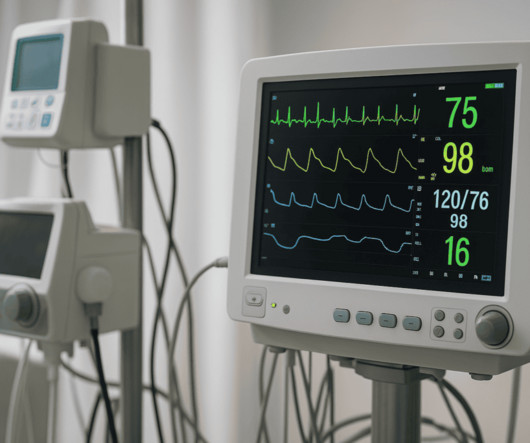A Brief Outlook on the Medical Insurance Verification Software
Arkenea
JULY 12, 2024
Improved Efficiency: In a manual insurance verification process, the admin staff enters the insurance documentation into the system and then calls the payer to confirm eligibility. Patient Satisfaction: Patients don’t like to hear that their claim was denied because the staff failed to verify eligibility.















Let's personalize your content